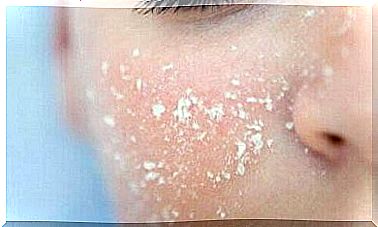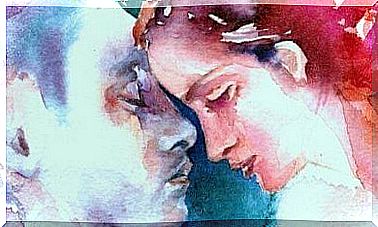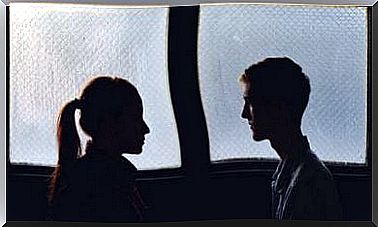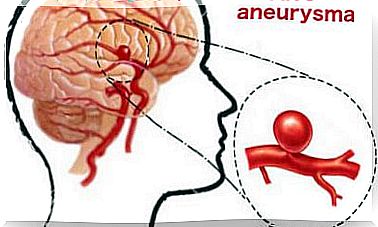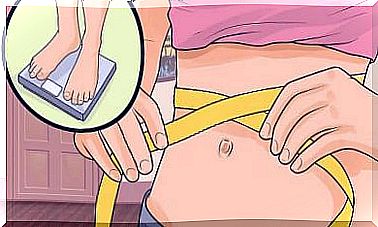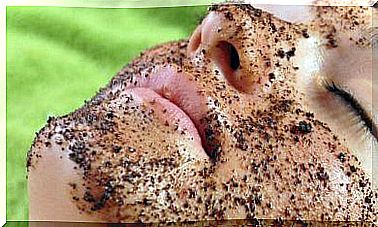Scoliosis Is A Problem For Many Women

Scoliosis is a disease in which the human spine has an abnormal curvature.
It is likely that the word scoliosis will make you think of children as it is an inherited problem that many young people suffer from. In most cases, it can be corrected with a classical orthopedic device.
However, a large number of people have some type of scoliosis due to the slow-progressing osteoporosis process. Women who are already menopausal are getting distortion and turning on their spine. This can be to such an extent that X-rays can show distortions very typical of scoliosis, resembling the letters C or S.
Unfortunately, this deformity is also painful and affects the line of posture. In some cases, this can be serious. Scoliosis can lead to a visible deformity in which the human spine sinks in or where the pelvis moves to either side of the body.
This is a concern that doesn’t often come up in everyday conversations, and this time we want to talk about its symptoms and treatment. This will allow you to assess whether you need to pay attention to your back and get the right kind of treatment.
Women have more scoliosis than men
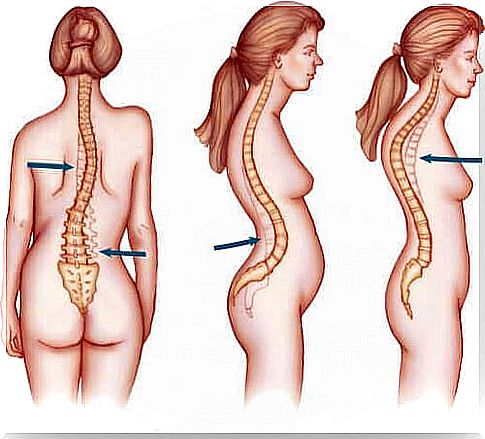
Even hereditary scoliosis is a little more often a problem for a girl than a boy. The same is true for adults, with women experiencing bone and joint problems to a greater extent than men. Scoliosis is a disease that can occur especially when a woman comes into menopause.
In addition, some more detailed information was confirmed. One of these is that in many cases scoliosis is mild. Only 17% of cases were more severe or severe in the study.
How does scoliosis manifest itself?
Scoliosis as occurring in adults has been termed degenerative scoliosis. This name also says something about its causes and the factor that describes this abnormal turning in the human spine.
- In general, it can be said that scoliosis in adults begins to appear, especially after the age of 65 years.
- In women, however, it can begin to appear as early as 40 or 50 years of age.
- In this case, the effects of menopause affect the quality, strength, and durability of bones and joints.
- It is also worth keeping in mind that osteoarthritis or rheumatoid arthritis manifests in a special way in the smaller joints of the spine.
What are the symptoms of degenerative scoliosis?
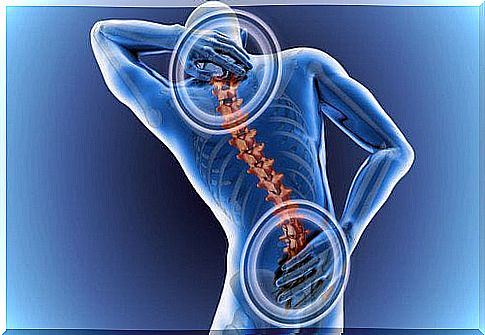
At first, this slight deformity does not give very many signs. Some people think that this is simply a matter of ligaments.
Gradually, however, numbness begins to appear in the middle stages of the lower back, as well as in the hands or feet, which “fall asleep”.
- It is common to feel very exhausted at this time.
- Sometimes it is difficult for a person to breathe.
- The pain is more intense in the mornings and when the person is sitting. In other words, resting makes the symptoms stronger.
- The symptoms are clearer when the person sees the deformity themselves: the spine is not in the right place, one shoulder rises higher than the other, the back is crouched, or it feels like the length has been lost by five cents.
Differences between degenerative scoliosis and juvenile scoliosis
Scoliosis in young people can occur at the age of 10-18 years. This is happening without really knowing why. As we said at the beginning, scoliosis is inherited in most cases.
Instead, in the case of degenerative scoliosis, what is the cause of it, and what is even more important, the misalignment of the spine tangles to intensify at a rate of at least 1-2 degrees each year.
Treatment of scoliosis in adults
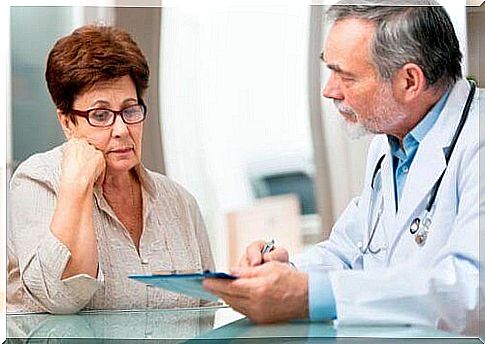
Surgical treatment is not always possible when scoliosis develops, nor is it always recommended. The patient needs to focus on the disease from a multidisciplinary perspective, and this is accomplished with the help of the right experts.
The following types of treatment are available here:
- Medications: There are many medications that relieve the pain caused by scoliosis. These include the usual ibuprofen and paracetamol, and most importantly, these reduce inflammation in the joints. Epidural injections are another option.
- Physical treatment for scoliosis in adults includes effective physiotherapy and hydrotherapy, as well as chiropractic alternative medicine. Assistance also includes complementary treatments that help alleviate many of the problems that affect the nervous system, muscles, and bones.
It would be best not to limit the fight against scoliosis to just one treatment. In order to increase your quality of life, you should use all the options recommended by medical experts. This way, you will be able to take advantage of new therapies and strategies that will help make your quality of life as good as possible.

